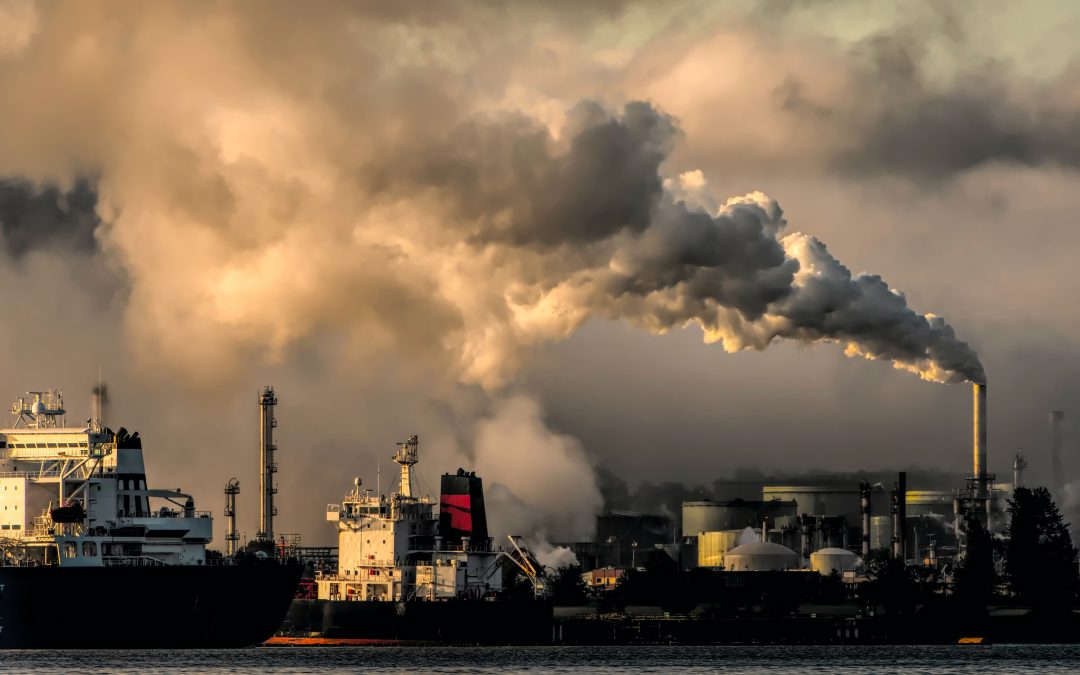The Australian government has been told climate change damage could be averted if it acts now but the federal budget was silent on the issue, according to one expert.
University of Technology Sydney Professor Noel Castree said the budget ignored long term climate goals and prioritised voter sentiment over Intergovernmental Panel on Climate Change (IPCC) findings
“It’s an election year. Frydenberg, like any treasurer, will be mindful of what is likely to swing voter sentiment,” Prof. Castree said.
“The reality is that with inflation going up and wages not particularly increasing, there are more immediate concerns for families than mitigation and adaptation to climate change.”
The latest IPCC report presents a viable path to halving global emissions by 2030 exists by using existing greenhouse gas reduction strategies.
Director of CleanGen Koovashni Reddy said while Australia has a poor track record with green solutions, tried and tested tools are available to the government.
“Australia is the highest emitter of carbon emissions per capita,” Mrs Reddy said.
“For us to reduce our emissions we need to focus on more renewable energy. This is well understood by climate experts and governments.”
The IPCC report said while transitioning from fossil fuel technology to renewable alternatives in the energy sector is a solution, it is not the only solution.
Prof. Castree said framing climate change strictly as an environmental issue is not helpful to the cause.
“We need to embrace climate change but not talk about it as strictly an environmental problem. We need to talk about it as a bigger issue of living more sustainably and well on this planet,” Prof. Castree said.
The IPCC report said to stave off the worst impacts of global warming, CO2 emissions would need to peak within three years.
Prof. Castree said while Australia’s goals for CO2 reduction were not ambitious, our current emissions trajectory is inconsistent with our goals.
“The Paris Agreement commits countries to limit global average temperature rise to beneath 1.5 degrees above the preindustrial level,” Prof. Castree said.
“If our emissions trajectory is to continue the way it is, we are very likely to go beyond two and it may even get as high as four within a century from today.”
Feature image by Chris Leboutillier, Unsplash.


